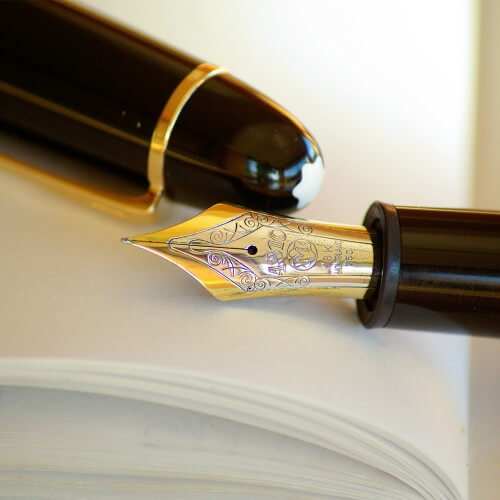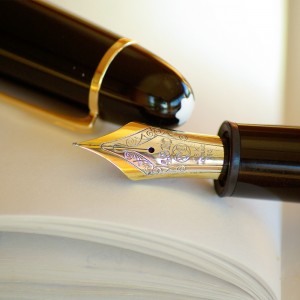6 tips for writing a letter to the editor
One of the easiest ways to get your name into print is by writing a letter to the editor.
Letters to the editor are powerful advocacy tools. They can be used to express a view, challenge an opinion or draw attention to a key issue. They are widely read by your peers as well as being monitored by campaign groups, elected officials and industry opinion formers.
Most publications have a letters page and when producing every edition the editor is left looking for contributions to fill the space, so you’re knocking at an open door.
That said it’s not just a case of dashing off a few words and expecting to get into print. Getting your letter onto the page takes a bit of time and effort so here are Pelican’s six top tips for writing a letter to the editor.
1. Make it relevant and timely
There’s no point writing to a food magazine about an issue that’s only going to be of interest to a motoring title. Ensure that your letter is about something readers will be interested in. Also if it’s about an issue they have reported on in the last issue even better. Your letter won’t be used if you’re referring to something they reported on weeks ago.
2. Get to the point
Open with a strong statement, and be sure to place the most important information at the beginning. All letters and articles are edited to fit the space available and journalists cut from the bottom up, so placing the important information anywhere but at the top could result in it being omitted.
3. Keep it short
It’s a letter not an essay. Adhere to word count if the publication has one. This information can usually be found, online and in print, on the same page as the letters that are published. As a rule 250 words is the maximum words you’ll need.
4. Reference
If you are referring to an article in a recent edition reference it. As in ‘Sir, your article on retail trends in your 6 April edition’ This not only helps the journalist understand which piece you’re responding to, it also jogs the reader’s mind about the previous issue.
5. Tell them who you are
The journalist needs to understand who you are so they can make a judgement about the relevance of your opinion. So include your name, title and organisation. If you do not want to disclose this state that you wish your name and address to be withheld.
6. Email it
Editors like email because they will not have to re-key your letter for print. An email address for the letter to the editor section will likely be found on the editorial page (print or online). So there you have it, all the information you need to get your letter into print.
Pelican Communications are specialists in the environment, food and drink, outdoor and leisure and packaging sectors and offer a range of services such as media relations, brand management, event management and people development. Contact us for marketing and communications expertise.

